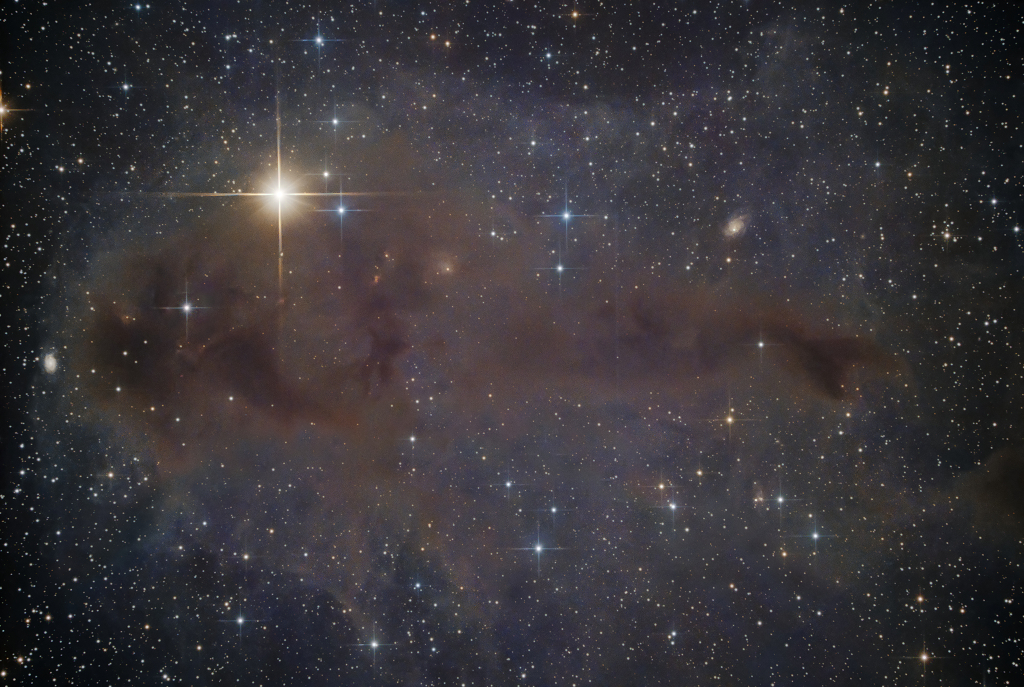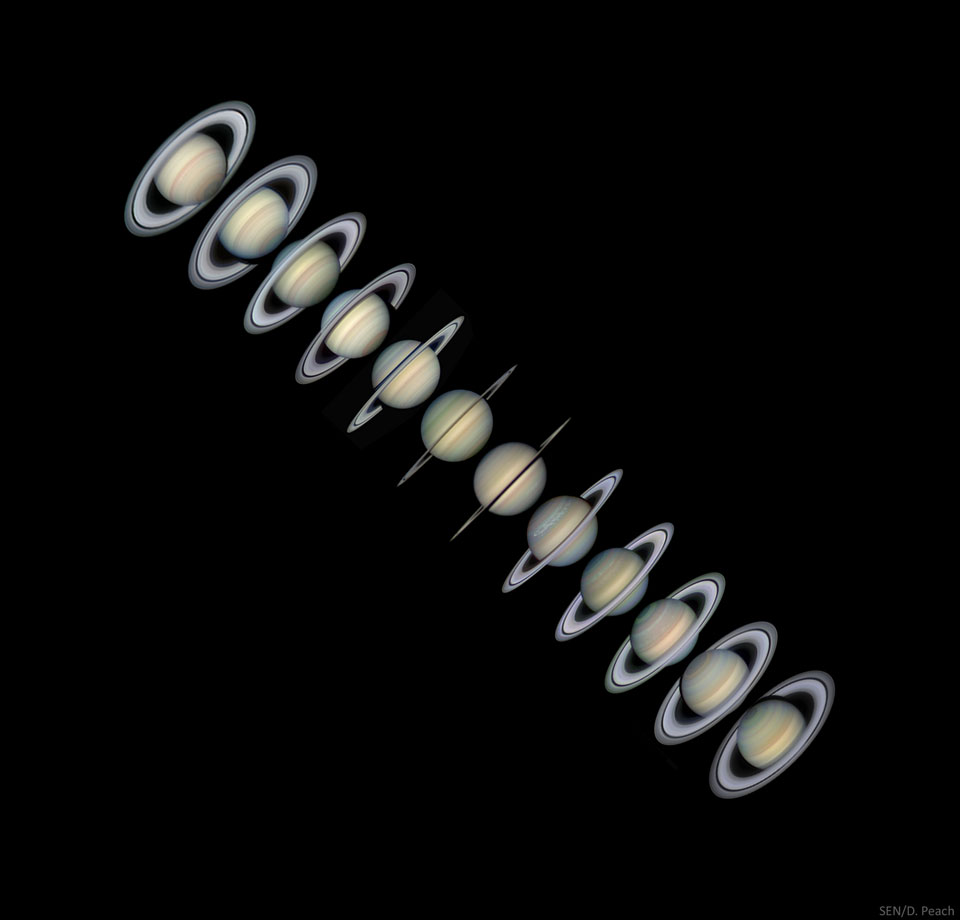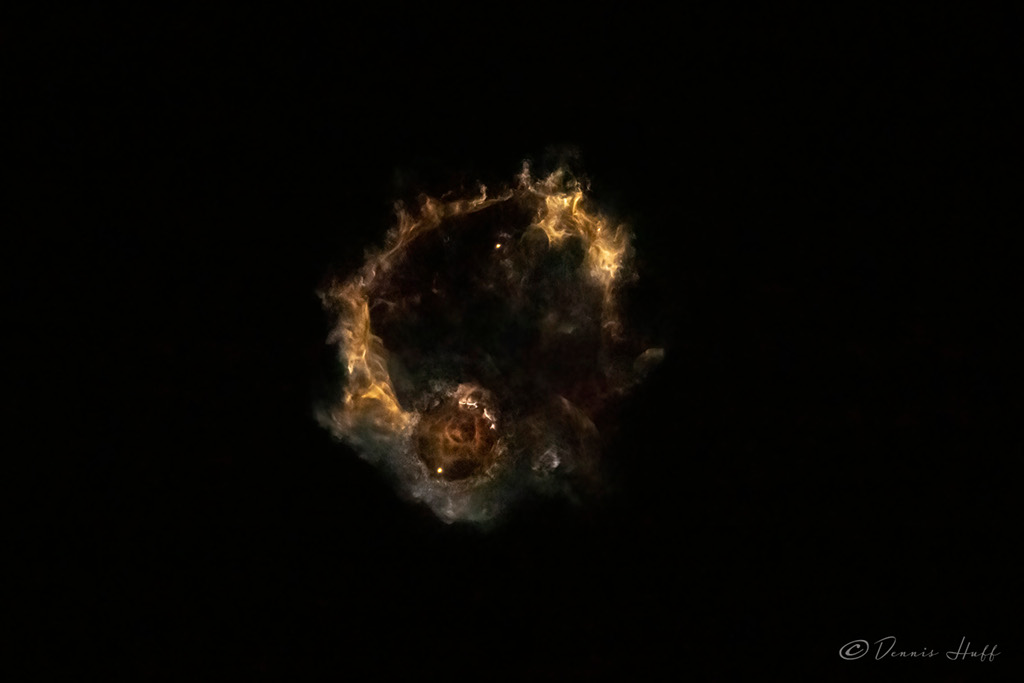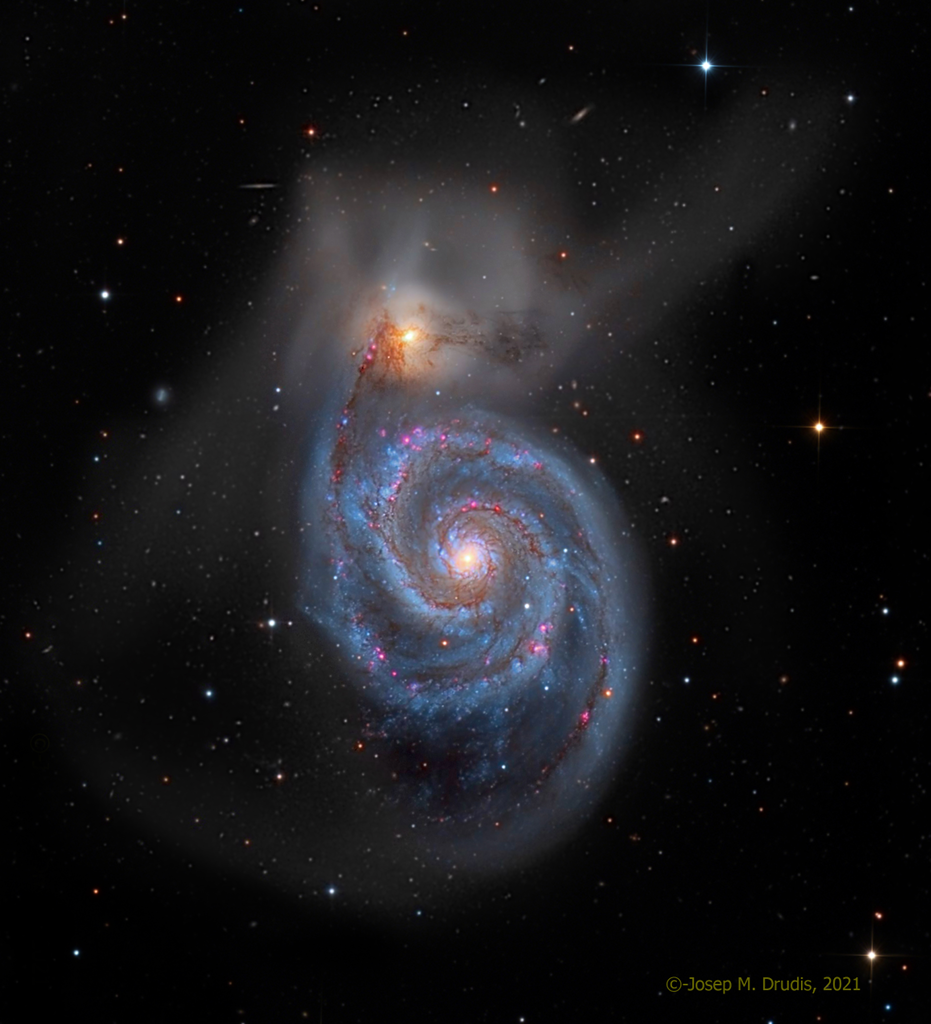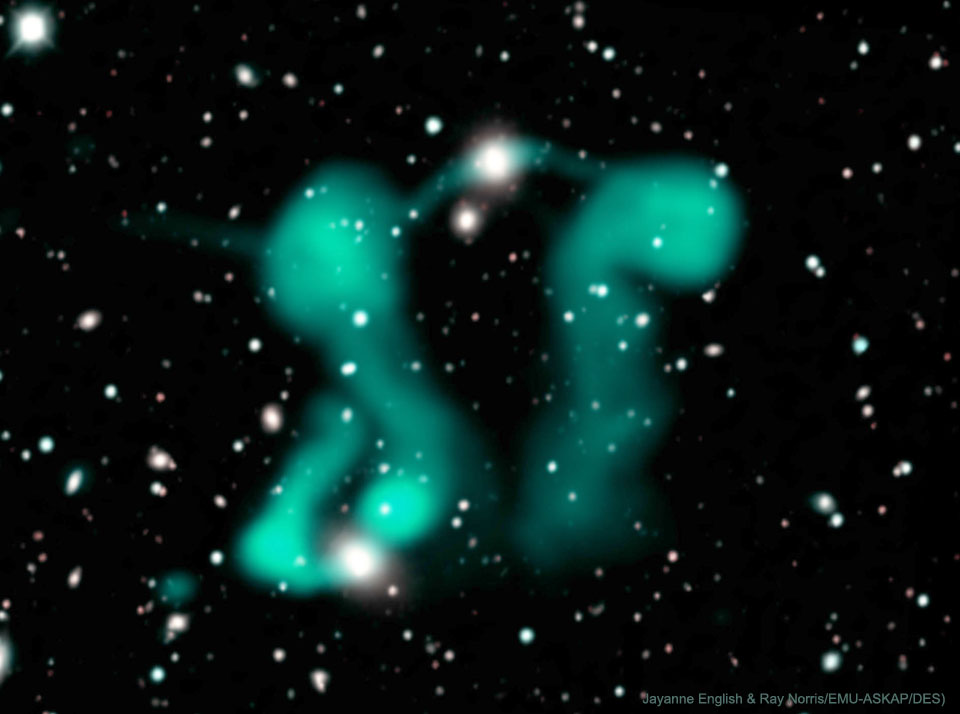Il s'agit de quelque chose de nécessaire à la vie. Il semblerait que sans cela nous mourons. Nous avons donc besoin de le faire afin que notre cerveau effectue sa "maintenance quotidienne".
Lorsque l'on dort, il nous arrive de rêver. Certains se voient en train de chevaucher des licornes, d'autre volent. Il y en a même qui se prennent pour des flamants roses. Bref, ils sont parfois étranges et il nous est bien difficile de les interpréter lorsque l'on se réveille. Mais au fait, pourquoi rêve-t-on ?
En fait, il nous faut commencer par le début et comprendre le sommeil. Ce dernier a une fonction réparatrice et récupératrice. Il possède trois phases, qui forment un cycle : le sommeil lent léger, le sommeil lent lourd et enfin le sommeil paradoxal (période de rêves).
Chaque cycle dure environ 1 h 30 à 2 h, donc nous
rêvons plusieurs fois dans la nuit. Selon le moment où l'on se réveille, on peut s'en rappeler ou non (
un phénomène que nous vous détaillons dans cet article). On peut comparer notre cerveau à un ordinateur dans ce cas, le rêve ayant une fonction de défragmentation. En d'autres termes, on peut dire qu'au cours du rêve, nos souvenirs se mettent en place. Chez les bébés, il sert à mettre en place la mémoire. D'ailleurs, plus on
vieillit, moins on rêve.
Il est encore peu connu, mais sa fonction principale est de réorganiser les souvenirs et connaissances que nous avons accumulés dans la journée. Il peut aussi évoquer des malaises que l'on a dans la vie, tout comme nos bonheurs quotidiens. Ils sont l'expression la plus claire de ce que nous sommes.
